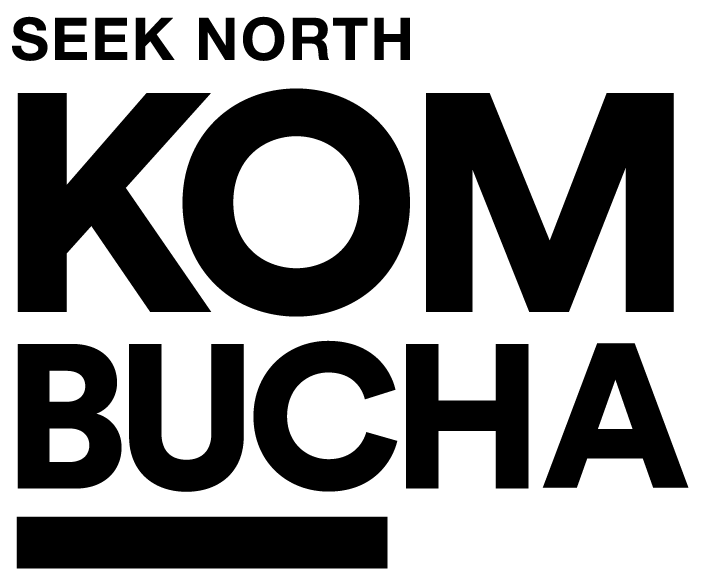Valley Table Magazine
The industry is alive and well with these local businesses.
By Jonathan Ortiz | Valley Table
There’s a joke that goes something like, “What’s the difference between the United States and a cup of yogurt? Well, if you leave the yogurt sitting around for 200 years, it’ll develop a culture.”
Valley Table Issue #88, 2019
Fortunately, a fast-rising Hudson Valley industry is looking to introduce a bit of culture directly into the food we eat, with the goal of bringing elevated flavor, endless culinary possibilities, and a host of health benefits to our table. We’re talking about fermentation, and while its processes have been a part of our species’ culinary traditions for thousands of years, our region is seeing a remarkable resurgence of its methods in the production of popular goods like kombucha, sausage, hot sauce, and, yes, even waffles.
…
Wild Culture is only one of many Hudson Valley businesses boasting the body-healing benefits of fermented foods. And where their philosophy focuses on transforming the food we put into our bodies, Seek North Kombucha is looking to transform the body itself.
“We’re finding that your gut affects pretty much every system and function in your body, and is even deeply related to your brain,” Philippe Trinh and Julian Lesser, co-founders of the Kingston-based kombucha brewing company, explain. “The more we find out, the more it seems diet, and the effect that diet has on your microbiome, is pretty much at the core of everything wellness: weight, nutrient availability, mental health.”
The story of Seek North started in 2017, when Lesser tested positive for Lyme Disease. The antibiotics he was prescribed were stripping away beneficial bacteria from his gut, resulting in a host of stomach issues.
About 70 percent of the entire human immune system is located in our gut, so Lesser and Trinh knew it was imperative that these healthy and essential bacteria and probiotics be replaced. Eating and drinking fermented foods is one of the most natural ways to do so.
This realization encouraged the pair to pursue a cleaner diet, cutting out sugar and processed foods — and drinking kombucha, a fermented tea drink. To avoid the high acidity and sugar levels of commercial brands, Trinh set out to ferment his own organic brews that were both flavorful and full of health benefits.
“We drank more and more kombucha and we both noticed a change. We had more energy, our skin seemed clearer, and it helped digestive issues from the antibiotics Julian was taking,” explains Trinh.
Seek North’s kombucha is raw and unpasteurized, meaning beneficial yeast and bacteria are not killed off or filtered out during the brewing process. A mixture of green and black teas are allowed to ferment for two weeks — during which a cream or light-tan colored blob known as a SCOBY (symbiotic colony of bacteria and yeast) is formed at the top of the brew that blocks harmful bacteria and molds from forming — before a second fermentation process begins. Here, Trinh infuses exotic herbs and fruits into the mix.
During the second fermentation, the kombucha microbes imparted by the SCOBY metabolize any sugar to produce lactic acid, acetic acid, ethanol, and carbon dioxide, making kombucha less sweet, but tangier and carbonated.
“Fermentation is rebellious in the fact that you’re taking ownership of your own body in your own hands,” says Trinh. “You’re not just buying the next trendy thing on the shelf; you’re letting nature do the work it’s always done, taking part in it, and using it to replenish and take care of your very literal center.”
The 3 Types of Fermentation
The practice of fermentation and knowledge of its food-preservation and health benefits have been a part of food preparation since, well, the dawn of human history, but it wasn’t until the mid-1800s that French microbiologist Louis Pasteur showed that living organisms initiate the process. Because of Pasteur’s research, we know a lot more about the inner workings of fermentation and its three distinct types.
Ethanol
First and foremost is ethanol fermentation, or as we all know it, alcohol fermentation. Here, yeasts break sugars down into ethanol and carbon dioxide molecules. In baking, the carbon dioxide creates bubbles that cause bread to rise. The ethanol is why beer, wine, and liquor make you feel all warm and fuzzy inside.
Lactic Acid
Next is lactic acid fermentation. No, dairy is not involved. Instead, yeast strains and bacteria convert starches or sugars into lactic acid, a process that occurs in human muscles when we work out. Lactic acid bacteria are integral in producing and preserving foods, and this method is used to make foods like sauerkraut, kimchi, and yogurt.
Acetic Acid
Finally, we have acetic acid fermentation, which is used to make vinegar and kombucha.
For many fermentation experts, letting nature do the work is one of the most essential tenets to abide by. And here in the Hudson Valley, nature is in abundance.
To read the full story, visit Valley Table, -here-




